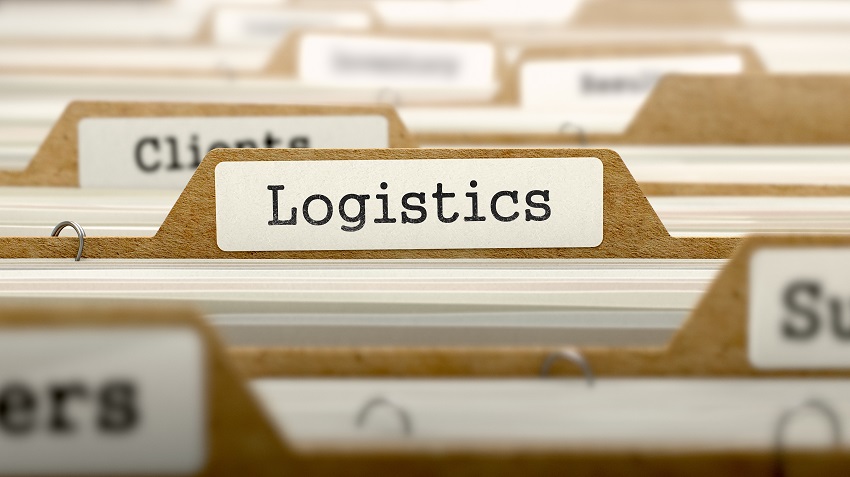The value of supply chain data is appreciated by the many companies that attempt to use it for improving how their logistics networks run — and this is a good thing. But unfortunately most are really just using their data for reporting and observation, which fails to provide any actionable insight to make real change possible.
In other words, too many shippers fall short of using data and KPIs for the full value they can bring.
Commonplace KPIs include interesting, but not necessarily useful, data points like total shipments, total logistics costs, or maybe logistics spend by product line. Whether it’s a lack of tools or lack of vision, this is where most shippers’ KPIs stop. While these types of “insights” can make for good presentation fodder, they lack enough substance for a company to do much of anything with them.
KPIs for logistics improvements
KPIs, when done right, can be effective tools for improving vendor management and other areas of your own logistics operations. Consider the effect of tracking KPIs like on-time delivery or on-time pick up. The benefits to improving in both these areas are self-evident. In the end, KPIs are really about shaping behavior and holding organizations accountable for meeting targets.
Another creative use of KPIs is for addressing a problem like returns. KPIs that measure the volume and cause of returns can identify individual facilities, product lines, or even functions within a warehouse that can be improved. KPIs created in the correct way make it possible for shippers to see the source of problems, enabling them to do something about it.
There is value to industry-specific logistics KPIs as well. Measuring performance against a customer’s “must arrive by date” or the percentage of on-time, in-full (OTIF) shipments, as well as tracking claims and damages, provides clear insight into the quality of service being provided.
It’s here where KPIs become real and actionable — and help shippers make changes to improve their logistics operation. The goal with KPIs has to be to provide insight to shape and change behavior for the better.
What are some next-level KPIs?
The KPIs most useful to any individual company depend on its specific business but can include deeper measurements like landed cost per unit (pallet or case), cost per mile, or avg. units per truckload.
So what do these KPIs show that’s so great? A simple example is to take the avg. units per truckload KPI — this is a good measurement of equipment utilization. Finding a way to get 5% more product on a trailer that you’ve already paid for is pure savings.
Other useful KPIs can be related to lead time, as in how much notice does transportation get to find the best carrier. It could be that shipping costs decrease by 10% for each additional day’s lead time allowed by the production schedule.
KPIs can also show the cost impact of out-of-network shipments, such as when product must be shipped from a more distant warehouse because it was out of stock at the ideal distribution point closest to the customer. This is an inventory management problem that gets paid for by the logistics budget.
Here’s one final example. A key mileage threshold is 500 miles because often this is the tipping point between truckload or LTL being a better option. Add to the equation the ideal 20-pallet minimum for a truckload, and you have the basis for a great KPI. Measuring the cost difference between shipments over 500 miles with more, and fewer, than 20 pallets illustrates very clearly the cost impact of equipment utilization and planning.
These examples get to the heart of why KPIs are so useful. The insights gained from KPIs also illustrate how other departments (like production scheduling, inventory planning, and sales) can affect logistics. It shows the level of shared responsibility within the entire company for shipping costs. Senior management at shippers need to know this, and using KPIs is the best way to illustrate these issues in an objective way.


